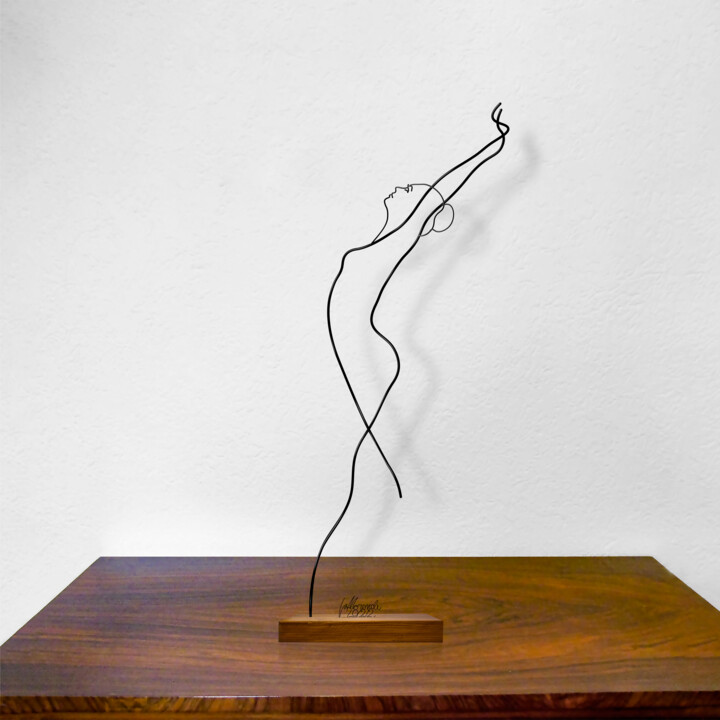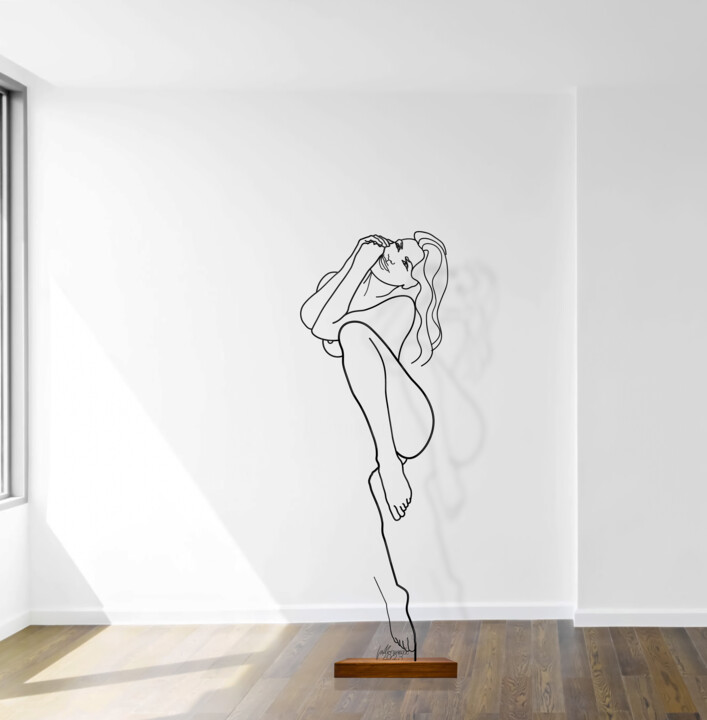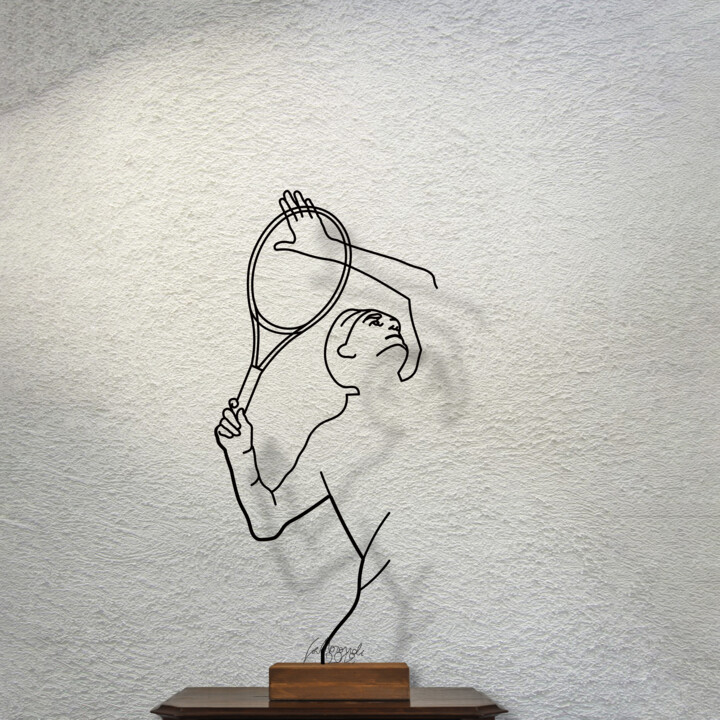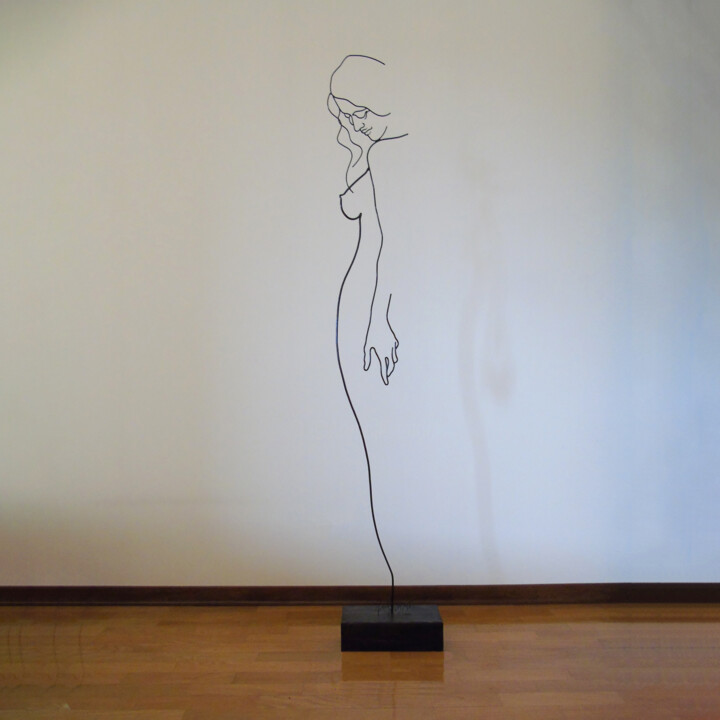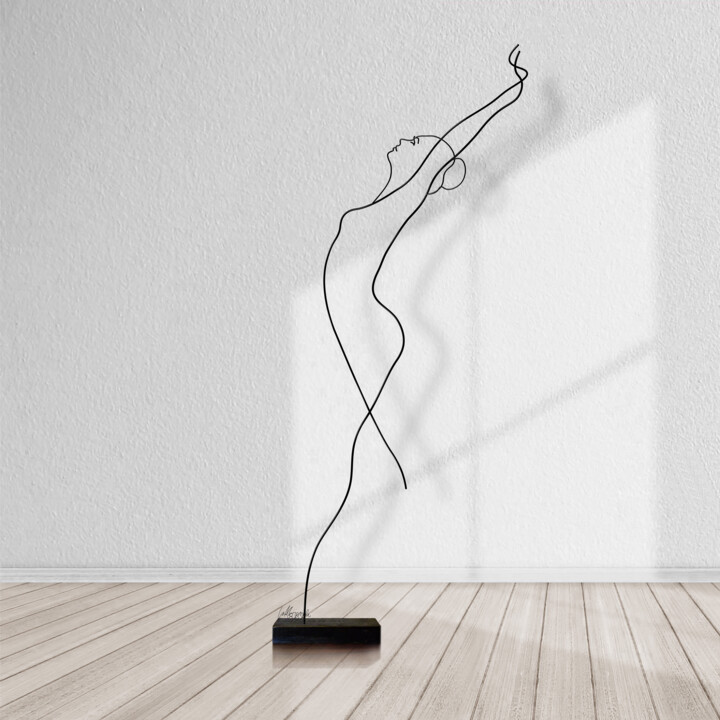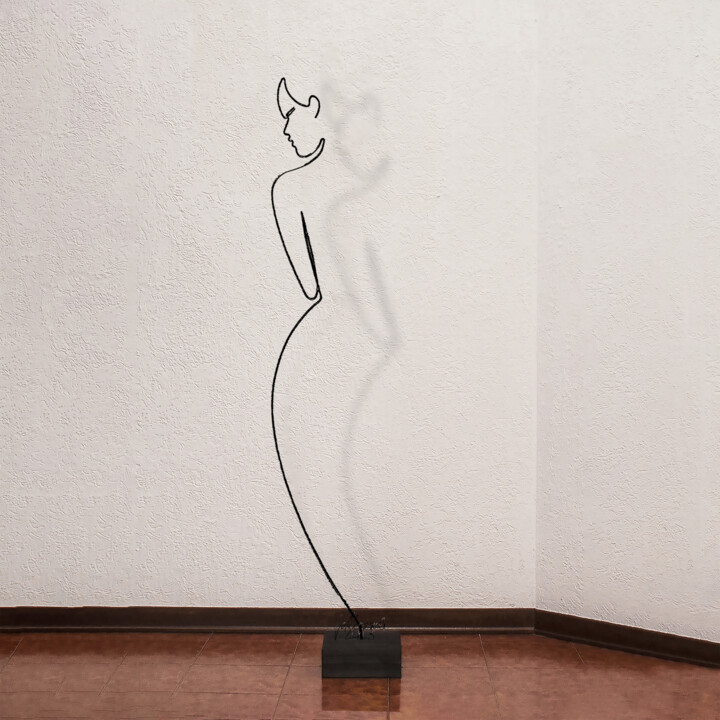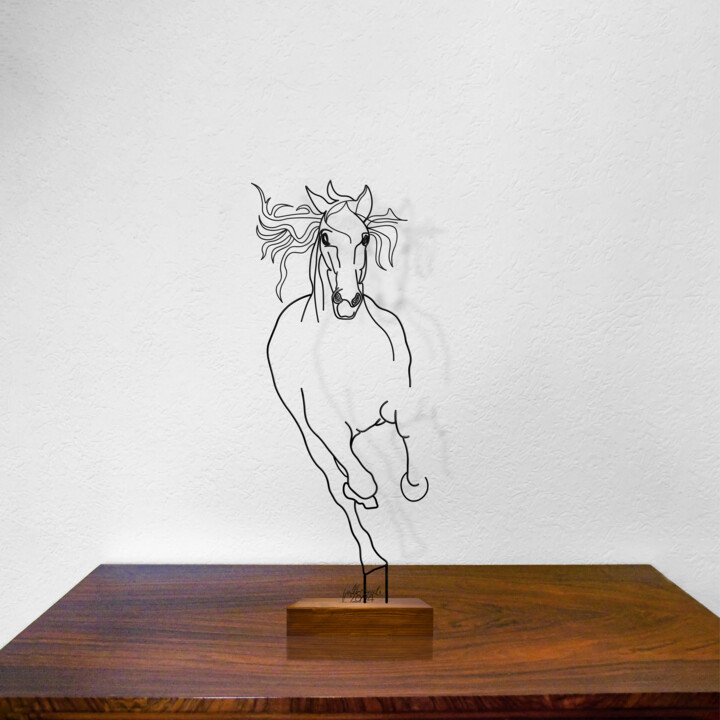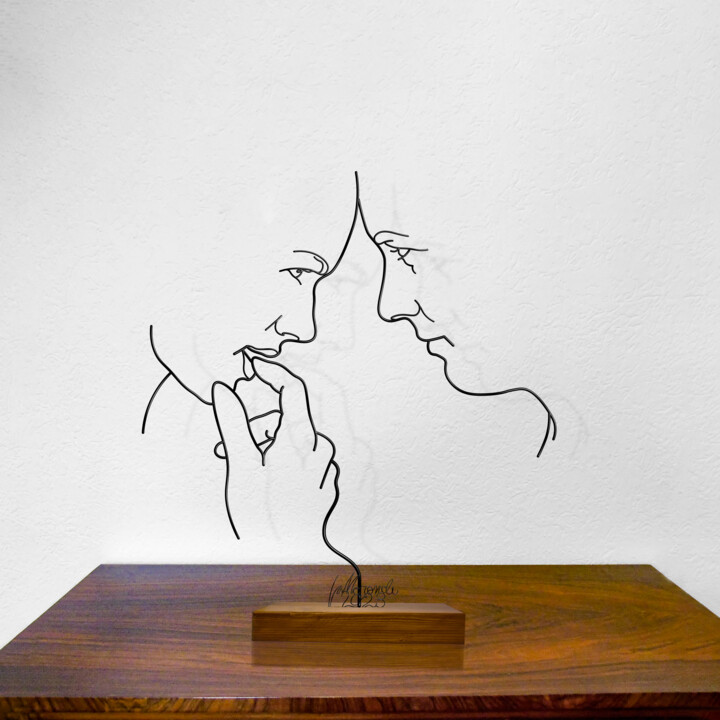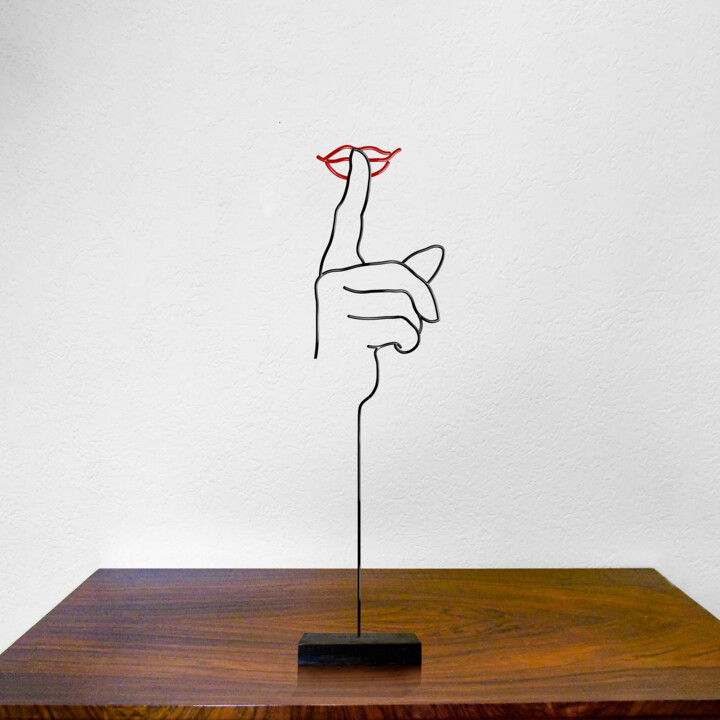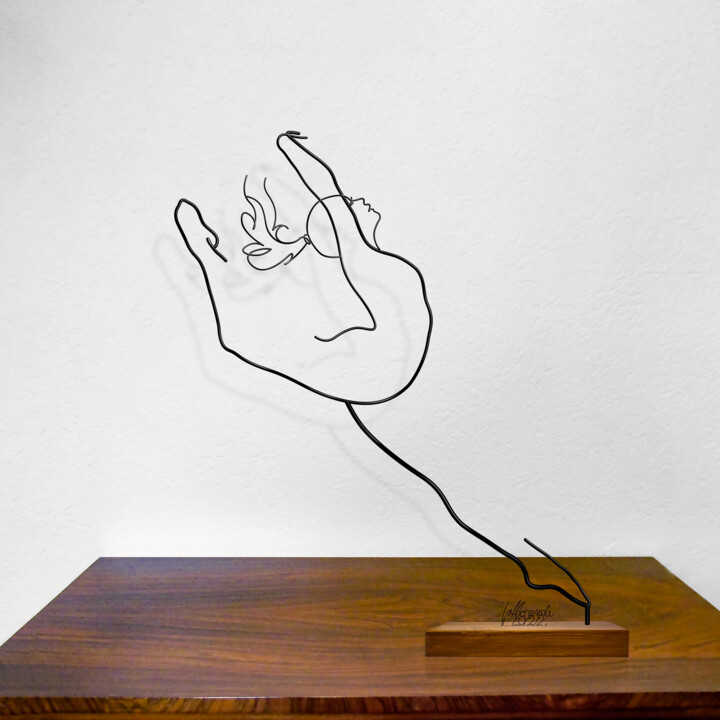What motivated you to create art and become an artist (events, feelings, experiences...)
After trying my hand at painting in the 1970s, during and immediately after art school, about fifteen years ago I embraced sculpture, the art form that most allowed me to express myself. I started with terracotta: with several fellow travelers I set up a few exhibitions and participated in competitions. For some time now, inspired by some American works, I have focused on wire sculpture, with which I immediately fell in love.
What is your artistic background, techniques and subjects you have experimented with so far?
I am Italian, born in 1952 in Cremona, the city of the Torrazzo and the great violin makers. The passion for beauty arose in me as a boy, in the years of attending the Liceo artistico Toschi in Parma and then the Faculty of Architecture at the Politecnico di Milano. To the profession of architect and entrepreneur I have over the years continued to combine the desire to get involved, experimenting with different artistic techniques.
What are the 3 aspects that differentiate you from other artists, making your work unique?
1. The option toward a light, almost 'aerial' sculpture. 2. A product that goes beyond the three-dimensionality we usually associate sculpture with. 3. An artifact that looks like a drawing on a sheet that is not there.
Where does the inspiration come from?
Generally, I draw inspiration from everyday life, but also from images that strike me on the Web.
What is your artistic approach? What visions, sensations or feelings do you want to evoke in the viewer?
I am attracted to the feeling of lightness that this type of sculpture gives. By playing with transparencies, beyond the volumes I hope to create emotions.
What is the creative process of your works? Spontaneous or with a long preparatory process (technique, inspiration from art classics or other)?
Before starting the work, I work out a project. I study the idea by developing it on the computer, and only after predicting the right dimensions do I print on paper and make with wire.
Do you use a particular working technique? If so, can you explain it?
There were several steps in my production: the first was to animate the design with iron wires of the same diameter. I was trying to express myself with the smallest number of strokes, those that I felt were essential to evoke a concept.
Later, as I increased the size of the sculptures, I also changed the thickness of the wire. I liked this, because in this way I was able to give the structure a certain rigidity, endowing it with rather defined details. Which, I think, represents a novelty in the field.
What I'm pursuing now, however, is the glazing: I use a one-millimeter thread that goes like a transparent drape over the figure.
Are there any innovative aspects to your work? Can you tell us what they are?
Those before me who cultivated this way of making sculpture usually remained tied to a single monochrome wire. On the contrary, I wanted to always experiment, making use of wires of different diameters, welded together, and when necessary color. Beyond any preconceptions.
Do you have a format or medium that you feel most comfortable with? If yes, why?
No, there is no particular format. From time to time I decide to use what I feel most congenial.
Where do you produce your works? At home, in a shared studio or in your own studio? And in this space, how do you organize your creative work?
I work at home: in my own space I set up a small studio, procuring or creating for myself the objects that I may need for bending and welding wire.
Does your work lead you to travel to meet new collectors, for fairs or exhibitions? If so, what do you gain from it?
No, I travel little for this purpose.
How do you see your work and your career as an artist developing in the future?
I hope to always find fulfillment and satisfaction in creating.
Can you tell us about your most important exhibition experience?
I prefer online: sharing on social networks, specialized sites...
If you could create a famous work of art history, which one would you choose? And why?
Without a doubt, Giuseppe Sanmartino's Veiled Christ. I find it wonderful for an artist to let people imagine the worlds behind things.
If you could invite a famous artist (living or dead) to dinner, who would it be? How would you suggest spending the evening with them?
I would invite Mondrian. I'd like to understand how he began The Evolution of a Tree by moving to the next phase with only the use of primary colors.

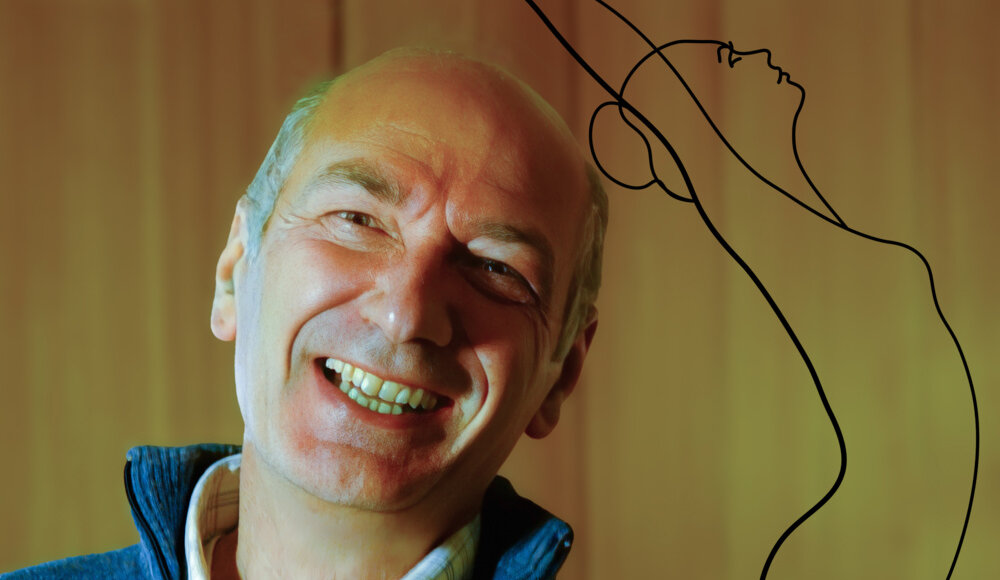





 Olimpia Gaia Martinelli
Olimpia Gaia Martinelli

